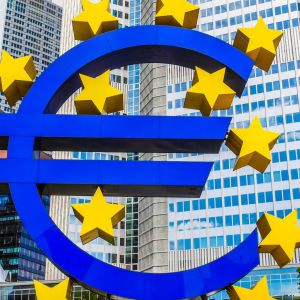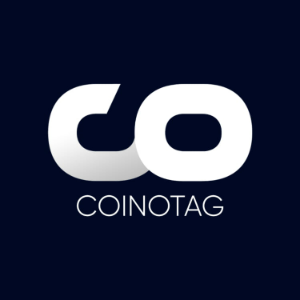ECB’s Simkus sees room for two more rate cuts as trade tensions drag on growth
3 min read
The European Central Bank (ECB) could lower interest rates at least two more times this year, according to Governing Council member Gediminas Simkus. Simkus reported on Friday at the Spring Meetings of the International Monetary Fund in Washington that global trade weakness, largely caused by new US tariffs, is bringing a new threat to Europe’s economy. He also noted that inflation was already declining and could slow down even further in the coming months. The deposit rate was cut for the seventh time since June last year, to 2.25%. However, Simkus thinks there is still room to ease policy without generating financial instability or overheating the economy. Simkus said there was no reason to remain in the current financial environment and that he could not rule out two more cuts this year, given the data he had in front of him. However, he added that more negative surprises would be needed to move lower. His remarks echo what the market has been expecting. Investors are betting on at least two further rate cuts this year. Some analysts, including the ones at Bank of America, forecast that the deposit rate could drop by 1.25% by December, suggesting four further tiny cuts. Simkus also emphasized that the ECB’s approach remained nimble and said he did not think they were late cutting interest rates. US tariffs and strong euro drag down expansion New evidence points to a softening of the eurozone’s economic recovery. Earlier this week, the International Monetary Fund cut its forecast for eurozone GDP, citing mounting trade tensions and tighter financial conditions as key factors. Simkus conceded that policymakers had been “overly optimistic” in predicting how fast the economy would rebound. He added that slower wage growth throughout the euro area has become a symptom of cooling demand. He also cited the recent strength of the euro against other currencies, which makes European exports less competitive abroad. US tariffs, meanwhile, have diverted more Chinese goods to Europe, adding disinflationary pressure. These factors are likely to be reflected in the ECB’s next batch of economic projections, which are set to be published in June. According to Simkus, the new numbers “are expected to include weaker economic growth and slower inflation than the assumptions” made in the previous forecast. Nevertheless, Simkus discounted even more substantial interest rate reductions unless the economy weakens precipitously. For now, the ECB will probably stick to its usual quarter-point steps. EC B sets the pace for action, not reliant on US deals Simkus also emphasized that the ECB will not sit back and wait until the US trade negotiations are imminent. The 90-day wait by the administration of President Trump was an attempt to impose some tariffs as binary options to enable trade agreements with major trading partners. Even with the US ultimatums to some countries, Simkus warned that trade policy uncertainty will probably remain. Several ECB officials shared similar views last week, citing softer manufacturing data and weaker growth in the service sector. Now, markets are watching economic data and the comments from ECB officials up to the bank’s next policy meeting in June. If the economy stays weak, a further rate cut could occur as soon as that meeting, leaving the ECB firmly on its current course of cautious but steady easing. Cryptopolitan Academy: Want to grow your money in 2025? Learn how to do it with DeFi in our upcoming webclass. Save Your Spot

Source: Cryptopolitan



